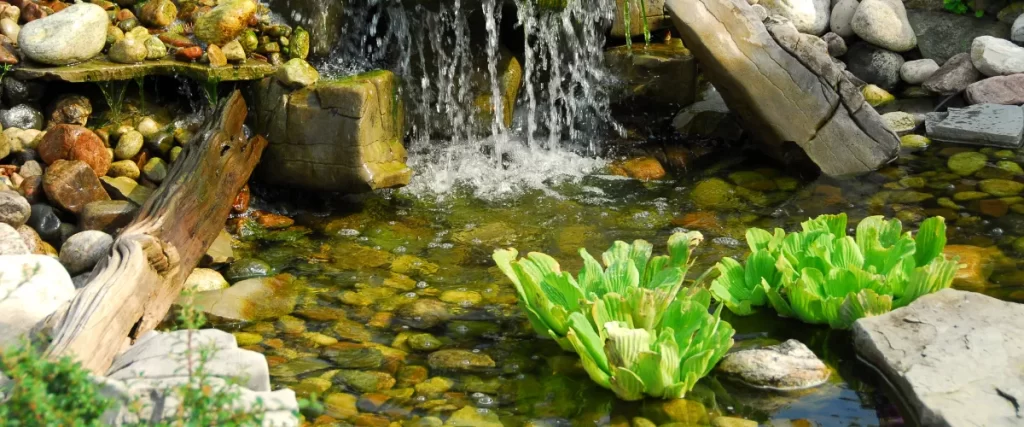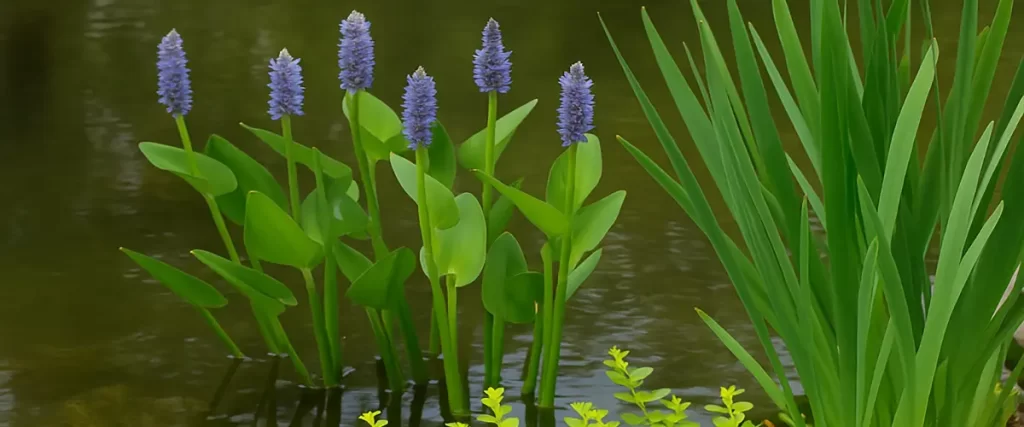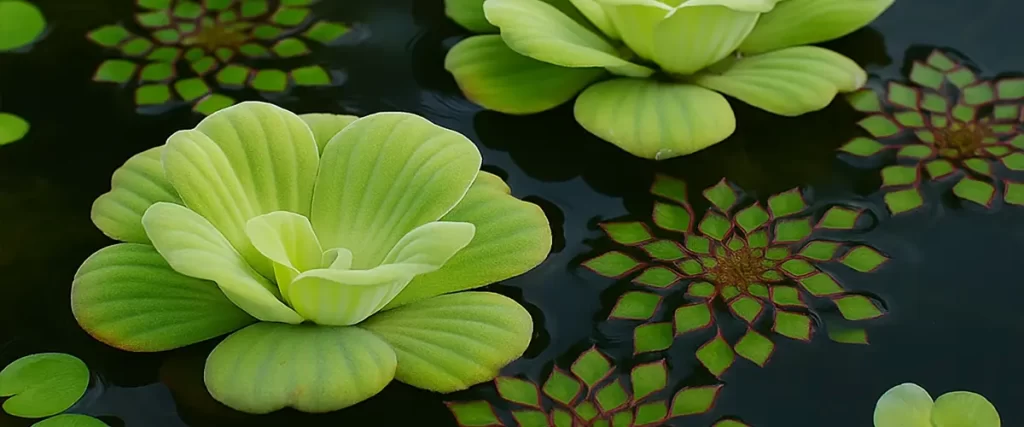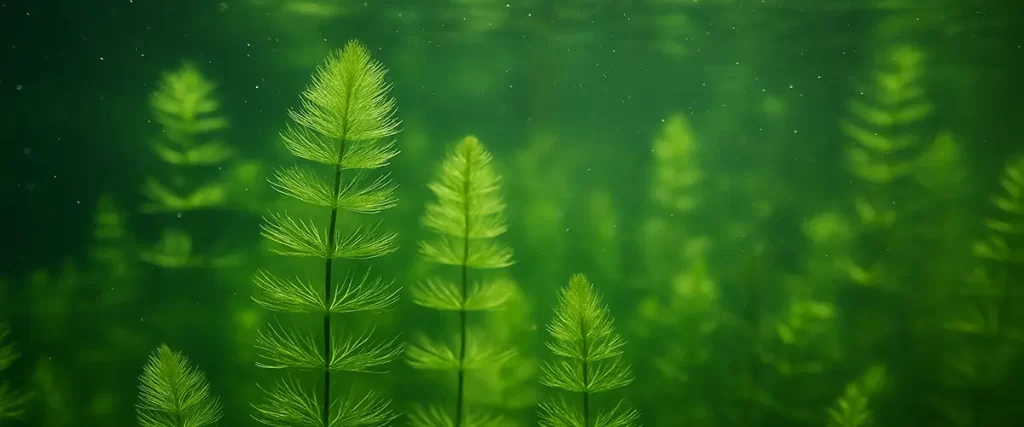Best Pond Plants for a Healthy and Beautiful Water Garden

Adding the best pond plants can transform your pond into a vibrant, healthy environment. For a new pond enthusiast, the right plants enhance visual appeal, support a thriving ecosystem, and make maintenance easier.
They help keep water clear, attract wildlife, provide oxygen, and offer shelter for aquatic life, all while discouraging algae growth.
Here are some recommendations for pond plants, along with important considerations for beginners:
Recommended The Best Pond Plants by Type

1. Marginal (Emergent) Plants
These plants are rooted underwater, usually along the pond’s edges, but their leaves and flowers extend above the waterline. They provide attractive flowers and foliage, soften pond edges, create valuable habitats, and filter excess nutrients and nitrates from the water through their root systems.
• Creeping Jenny (Lysimachia nummularia)
This perennial plant features bright leaves and tiny yellow flowers that bloom intermittently through summer. It grows quickly, typically reaching 2 inches tall, and is versatile for softening rock edges or acting as a ground cover. It’s easy to pull up, making it good for nutrient removal.
However, be aware that it can be aggressive and invasive in some regions and should be confined or managed carefully to prevent it from overwhelming the pond.
• Pickerelweed (Pontederia cordata)
An excellent choice for beginners, pickerelweed offers glossy green, heart-shaped foliage and showy violet-blue (or white, purple, pink) spiked flowers that bloom from June through October. It grows rapidly to 2–4 feet tall, is versatile, and attracts birds. It’s also effective at filtering pond water.
• Horsetail Reed (Equisetum hyemale)
Known for its striking architectural presence with segmented reeds, growing up to 24 inches tall (dwarf versions are 8 inches). It’s a fast spreader, so thinning in summer and cutting back in fall is recommended.
• Sweet Flag (Acorus calamus and Acorus gramineus)
This versatile perennial can grow on the pond’s edge or be partially submerged, maintaining its green foliage through summer and sometimes into winter. The ‘Ogon’ variety (golden Japanese sweetflag) is particularly noted for its bright yellow stripes.
Some varieties of sweet flag, like Acorus calamus ‘Argenteostriatus’, can be invasive and may need careful management, especially in small ponds. Dwarf Sweet Flag does well in shaded areas.
• Blue Flag Iris (Iris versicolor)
These elegant wetland plants are among the first to bloom in spring, producing beautiful blue to purple flowers. They can grow up to 4 feet tall and thrive in shallower water compared to water lilies.
Other iris varieties like Iris sibirica and Iris ensata are also recommended. Avoid Yellow Iris (Iris pseudacorus) as it can be too invasive for small pools.
• Taro (Colocasia spp.)
Also known as elephant ear plants, taro varieties can grow into impressive leafy plants, reaching about 48 inches tall. They thrive with their roots in water and are considered good for filtration.
However, some sources advise caution, as their roots can be poisonous to fish. In colder climates (below Zone 8–11), tropical taro may need to be brought indoors during winter.
• Canna Lilies (Canna spp.)
These plants can grow quite large and are effective at cleaning pond water, with their roots helping keep the water clear. They may take some time to establish but can then grow vigorously.
• Cardinal Flower (Lobelia cardinalis)
With deep burgundy foliage and vibrant red flowers, this plant attracts birds. It grows best in Zones 5–9 and may require winter frost protection in many regions.

2. Floating Plants
These plants float freely on the water’s surface without needing to be rooted in soil. They are excellent at absorbing nutrients directly from the water column, reducing the amount of sunlight penetrating the water, and keeping the water cooler, which discourages algae growth.
They also provide shade and hiding places for fish.
• Mosaic Pond Plant (Ludwigia sedoides)
This tropical plant features attractive red and green diamond-shaped leaves and sunny yellow cup-shaped flowers in summer. It provides good hiding spots for fish. Being tropical, it may need to be brought indoors in colder climates.
• Frogbit (Hydrocharis morsus-ranae or Limnobium spongia)
Known for its small white flowers or small, emerald green, round to oval leaves. It sinks to the bottom in winter and prefers cool to medium temperatures.
Important Caution with Floating Plants
Several popular floating plants, while effective at filtering, are highly invasive and can quickly take over a pond, harming native species and potentially making the pond resemble a swamp.
Always check if a plant is considered invasive or prohibited in your area before buying it, and never release aquatic plants into natural waterways.
• Water Hyacinth (Eichornia crassipies) and Water Lettuce (Pistia stratiotes)
While lovely, popular, and effective at filtration, these are notorious spreaders and considered invasive in many areas, leading to sales bans. Some sources also raise concerns about their potential toxicity to fish and pets. For a new enthusiast, it’s generally best to avoid these unless you are in an area where they are native and can be carefully managed.
• Duckweed
This very small floating plant can quickly cover the surface. However, it is often listed as undesirable and invasive, capable of making a pond look like a swamp.

3. Submerged (Oxygenating) Plants
These plants are typically rooted at the bottom of the pond and live almost entirely underwater, absorbing nutrients through their leaves. They are crucial for oxygenating the water during the day and providing cover for aquatic life, as well as increasing surface area for beneficial bacteria.
• Hornwort (Ceratophyllum demersum)
Considered one of the best oxygenating pond plants, hornwort is free-floating and suitable for deep water. It helps eliminate algae by competing for nutrients and releasing hormones, growing well in various light conditions. It also provides excellent cover for fish. Hornwort is a favorite for small ponds where it’s easy to thin out.
• Anacharis (Elodea densa)
This submerged plant helps control algae by competing for nutrients and adds oxygen to the water. It has narrow green leaves on long stems. It is also easy to manage in smaller ponds.
• Vallisneria (Vallisneria americana)
Also known as eelgrass, tapegrass, or wild celery, this winter-hardy oxygenating plant has strap-like leaves and grows beneath the surface. It’s eagerly eaten by turtles and waterfowl.
• Water Milfoils (e.g., Myriophyllum spicatum, M. verticillatum)
These varieties grow quickly, typically staying near the margins. They have soft, thick foliage that provides great hiding places for baby fish and can be easily propagated from cuttings.
It is critical to distinguish these from Eurasian Milfoil (Myriophyllum spicatum), which is a harmful exotic and highly undesirable invasive plant. Also, Parrotfeather Watermilfoil is listed as undesirable.

4. Waterlilies (Nymphaea spp.)
Waterlilies are among the most popular pond plants for their stunning beauty. They offer amazing flowers in a wide range of colors and sizes, while their leaves float on the surface, providing shade for fish and reducing algae growth.
For small ponds (10–30cm / 4in–1ft deep), consider miniature cultivars like:
- Nymphaea ‘Pygmaea Helvola’ (yellow, marbled leaves)
- N. odorata var. minor (fragrant, pink)
- N. tetragona (white)
- N. ‘Pygmaea Rubra’ (red)
While beneficial, waterlilies can be vigorous and potentially invasive, quickly outgrowing small ponds and shading out other submerged plants. To manage their spread, it’s recommended to plant them in containers (e.g., 5-gallon buckets).
Plants to Potentially Avoid (or Use with Extreme Caution)
For new enthusiasts, it’s often best to steer clear of plants known for aggressive growth or invasive tendencies, which can destabilize the pond ecosystem and lead to extensive maintenance.
- American Lotus (Nelumbo lutea): Although it has beautiful yellow flowers, it aggressively fills shallow areas and is generally not recommended for ponds unless they are very large with limited shallow areas.
- Cattails (Typha spp.): While native and beneficial in moderate amounts, cattails commonly take over shallow pond areas and can completely block water views. If you do use them, plant them in containers to restrict their spread.
- Sweet Potato Vines, Jasmine, Morning Glory: These plants are poisonous to fish and should be avoided in ponds.
- Purple Loosestrife, Brazilian Waterweed, Hydrilla, and Waterclover are listed as undesirable and should be kept out of ponds.
- Yellow Iris (Iris pseudacorus) can be too invasive for small pools.
By selecting a diverse range of appropriate plants and being mindful of their growth habits and potential invasiveness, a new pond enthusiast can create a beautiful, balanced, and low-maintenance aquatic environment.

General Recommendations for New Pond Enthusiasts
- Aim for about half of your pond’s surface area to be covered with foliage.
- Include oxygenating plants to support aquatic life and water quality.
- Choose plants that suit your pond’s size, depth, and style. Measure your pond’s depths before purchasing.
- Consider containers for planting to help control vigorous spreaders and facilitate future maintenance. Using regular yard dirt with submerged fertilizer pills in containers is often recommended over potting soils, as potting soils can float due to organics and water retention aids.
- Quarantine new plant purchases for a few weeks before introducing them to your pond, as potentially invasive species can be accidentally introduced as contaminants.
- A diverse plant community is generally desirable, as different species compete for resources, helping prevent any single plant from becoming overabundant.
Bring Your Pond to Life
Choosing the best pond plants is one part of building a healthy aquatic environment. To keep your pond clear and low-maintenance, it’s important to start with a thoughtful planting strategy.
A mix of floating, marginal, and submerged plants helps create natural shade, improves oxygen levels, and limits the nutrients that feed algae.
For long-term balance, it helps to combine these plant types early in the design. Some provide surface coverage, others filter nutrients at the edges, and submerged plants support water clarity and fish health from below.
At Site Pros Landscaping, we do custom pond construction across Central Florida Our team selects plant combinations based on your pond’s size, location, and goals, so you get a water feature that looks good and performs well through every season.
If you’re planning a new pond or need help improving an existing one, we’re here to help. So if you’re ready for your pond building project in Central Florida? Contact us at (407) 480-0713.
